Vegetables That Grow Together Like A Dream
Vegetables That Grow Together Like a Dream
Growing your own vegetables is a rewarding experience, but it can also be a bit daunting. There are so many different vegetables to choose from, and it can be hard to know which ones will grow well together.
That's where companion planting comes in. Companion planting is the practice of planting certain types of vegetables together because they benefit each other in some way. For example, some plants attract beneficial insects, while others help to repel pests. Some plants also have different root systems that help to improve the soil quality.
By planting the right vegetables together, you can create a thriving garden that is both productive and pest-free. In this blog post, we will discuss some of the best vegetables to grow together.
Benefits of Companion Planting
There are many benefits to companion planting. Some of the most common benefits include:
- Reduced pest and disease pressure. Many vegetables attract beneficial insects that help to control pests. For example, marigolds attract ladybugs, which help to control aphids. Other vegetables, such as nasturtiums, release chemicals that repel pests.
- Improved pollination. Some vegetables, such as tomatoes, need to be pollinated by bees in order to produce fruit. By planting tomatoes near other flowers that attract bees, such as lavender or chamomile, you can improve pollination and increase your yields.
- Enhanced soil quality. Some vegetables, such as beans and peas, have nitrogen-fixing bacteria in their roots. These bacteria help to convert atmospheric nitrogen into a form that plants can use. By planting beans or peas near other vegetables, you can help to improve the soil quality and make it more fertile.
- Increased yields. Companion planting can help to increase yields by providing some of the nutrients and pest control that your vegetables need. For example, carrots and tomatoes benefit from being planted near each other, as the carrots help to repel nematodes, which can damage tomatoes.
Some of the Best Vegetables to Grow Together
Here are some of the best vegetables to grow together:
- Beans and peas: Beans and peas fix nitrogen in the soil, which benefits other vegetables. They also help to suppress weeds.
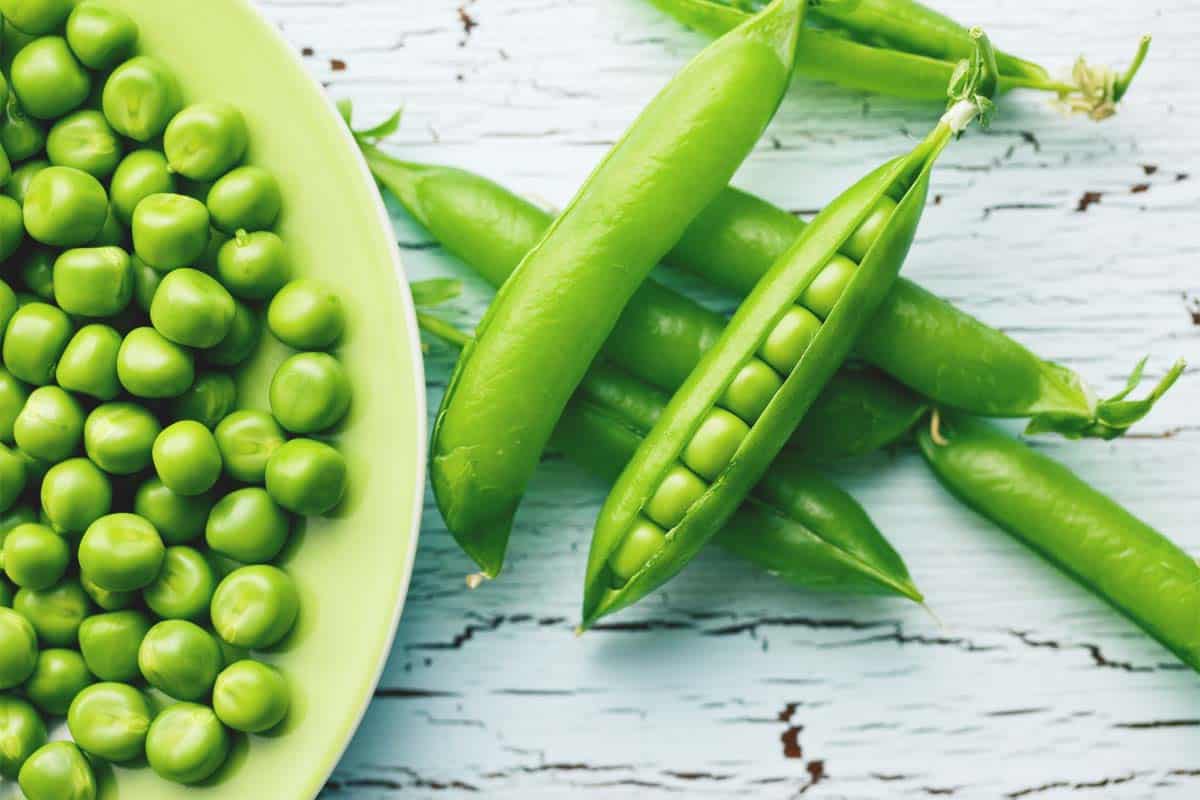
- Carrots and tomatoes: Carrots help to repel nematodes, which can damage tomatoes. Tomatoes also benefit from the shade of the carrots.
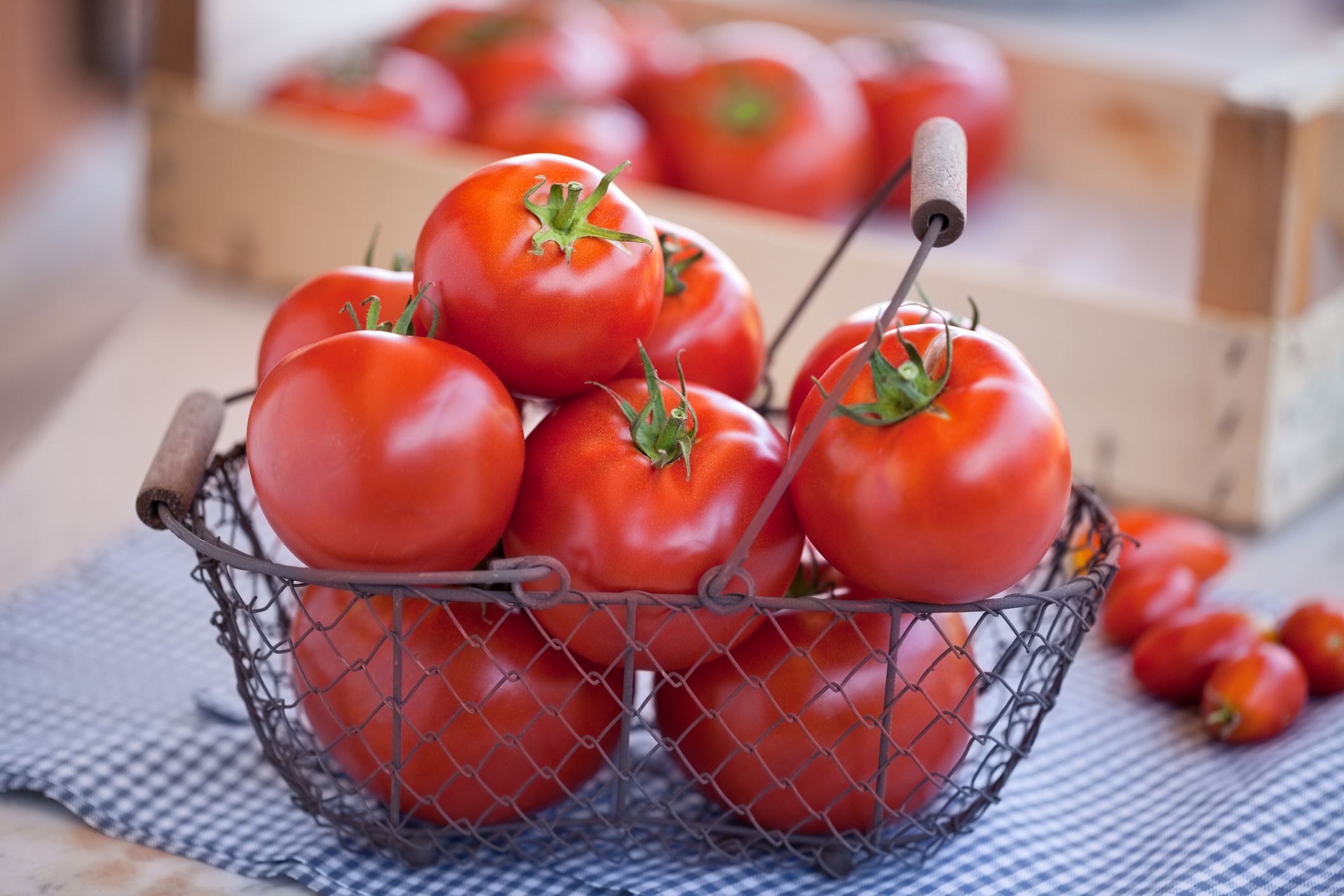
- Cucumbers and melons: Cucumbers and melons attract pollinators, such as bees and butterflies. They also help to suppress weeds.
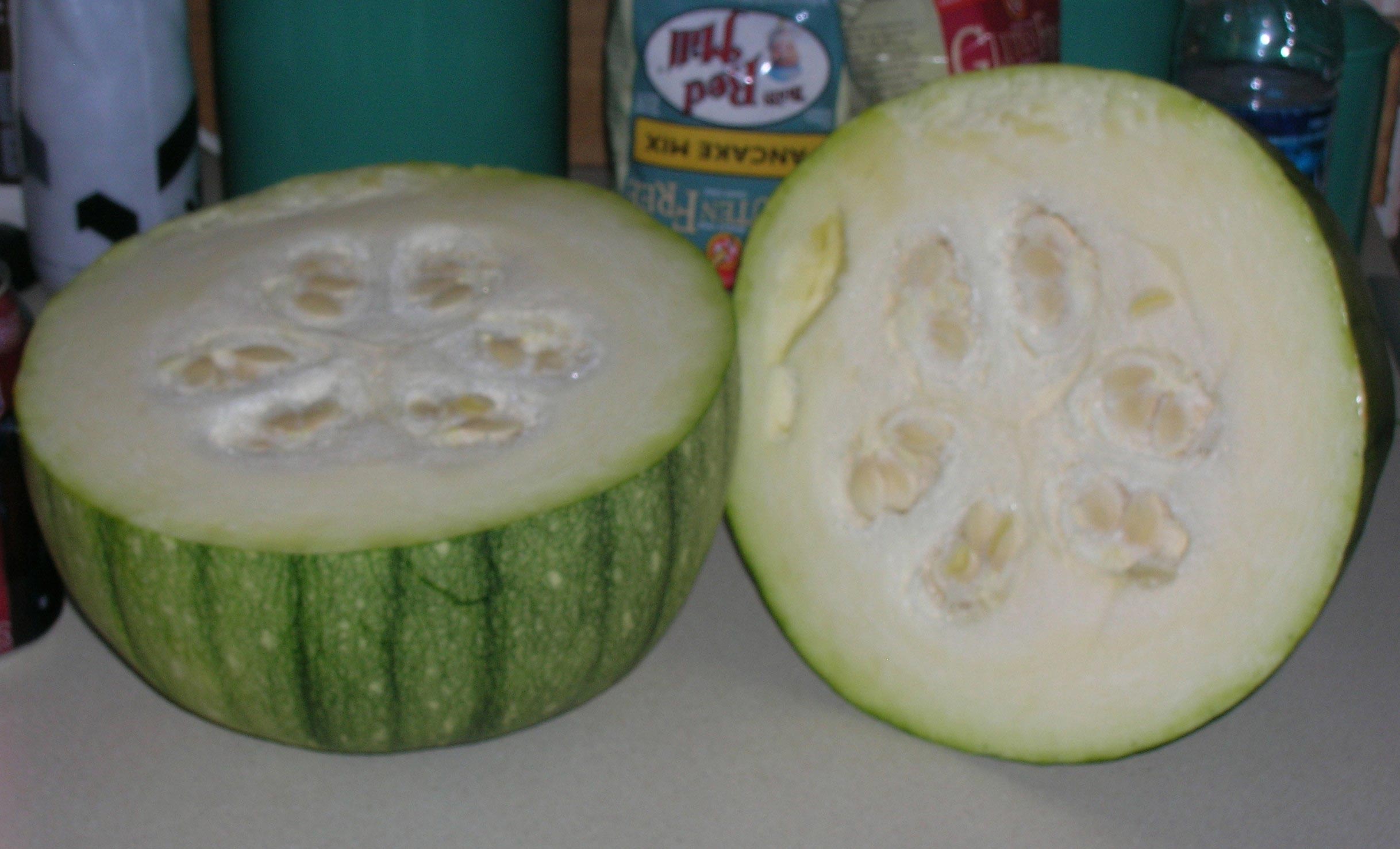
- Lettuce and spinach: Lettuce and spinach benefit from the shade of taller plants, such as tomatoes or beans. They also help to suppress weeds.
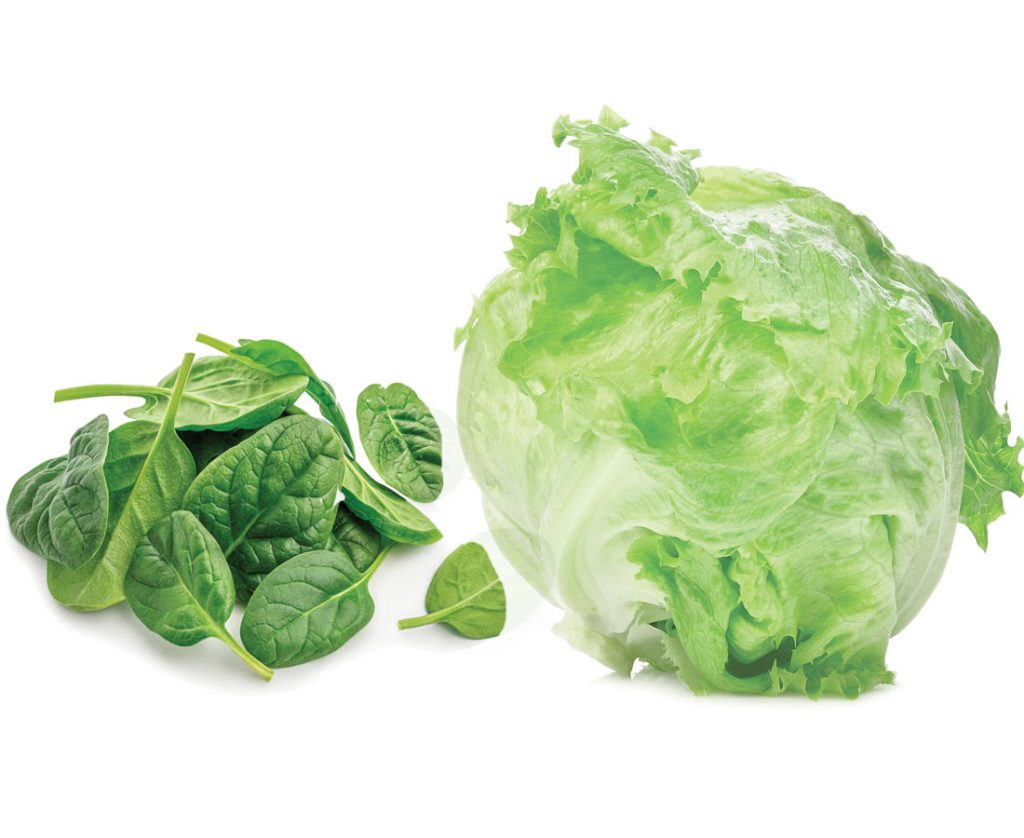
- Marigolds and tomatoes: Marigolds attract ladybugs, which help to control aphids. They also help to repel nematodes.
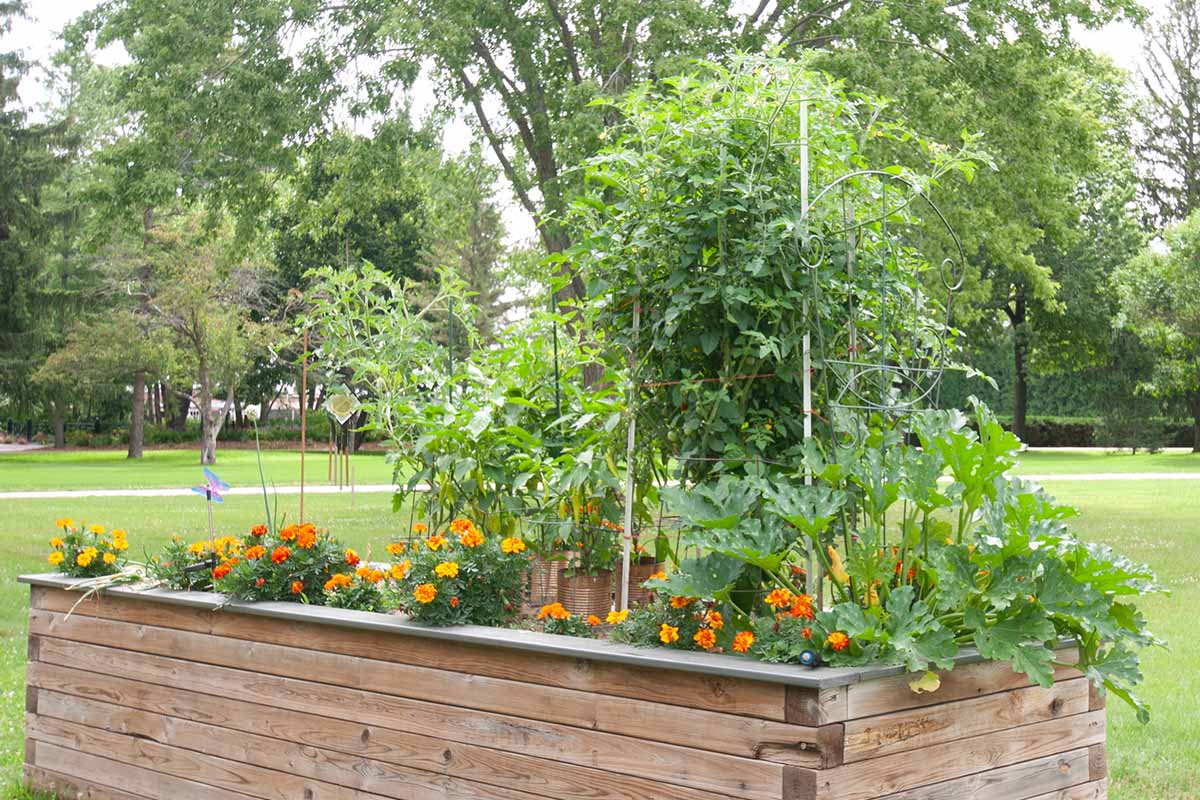
- Nasturtiums and carrots: Nasturtiums release chemicals that repel pests, such as aphids and whiteflies. They also help to attract pollinators.

- Peas and onions: Peas help to repel onion maggots, which can damage onions. Onions also help to repel aphids.
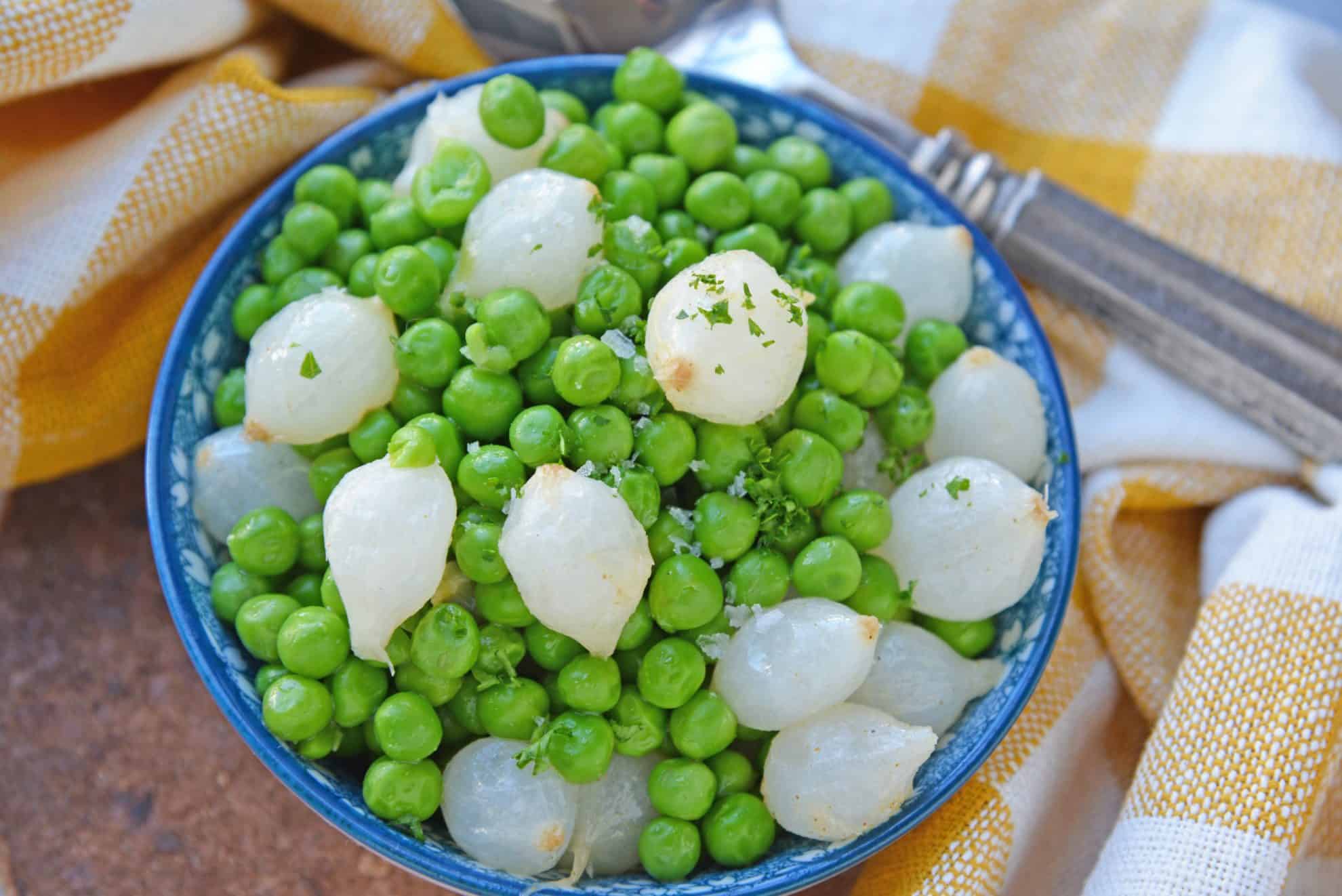
- Potatoes and beans: Potatoes and beans benefit from each other's shade. Potatoes also help to suppress weeds.

Conclusion
Companion planting is a great way to improve the productivity and pest-resistance of your garden. By planting the right vegetables together, you can create a thriving garden that is both beautiful and productive.
Are you looking for some great vegetable combinations to grow in your garden? If so, you're in luck! There are many different vegetables that can be grown together to improve their yield and flavor.
One classic combination is the "Three Sisters" garden, which consists of corn, beans, and squash. These three plants complement each other in many ways. The corn provides a sturdy support for the beans to climb, the beans fix nitrogen in the soil, and the squash shades the soil and helps to suppress weeds.
Another great combination is carrots, onions, and lettuce. These vegetables have different water and nutrient needs, so they won't compete with each other for resources. Plus, they all taste great together!
If you're looking for more inspiration, you can visit Gardenia Inspiration. This website has a comprehensive list of vegetable combinations that are sure to please.
FAQ of 3 vegetables to grow together
Q: What are the 3 vegetables that grow best together?
A: The Three Sisters are a traditional Native American planting combination of corn, beans, and squash. These vegetables grow well together because they complement each other's needs. Corn provides a sturdy support for the beans to climb, beans fix nitrogen in the soil, and squash helps to suppress weeds and retain moisture.
Q: What are some other vegetables that grow well together?
A: Here are some other popular vegetable combinations:
- Carrots and onions: These two vegetables help to repel each other's pests.
- Peas and lettuce: Peas provide shade for lettuce, while lettuce helps to keep the soil cool and moist.
- Tomatoes and basil: These two herbs have a complementary flavor profile and help to deter pests.
- Cucumbers and melons: These vining vegetables can be planted together to save space.
- Potatoes and beans: These vegetables have different nutrient requirements, so they can be planted together without competing for resources.
Q: How do I choose which vegetables to grow together?
A: When choosing vegetables to grow together, there are a few factors to consider:
- Complementary needs: Vegetables that have different nutrient requirements or that help to deter each other's pests are a good choice.
- Similar growing conditions: Vegetables that have similar sunlight, water, and soil requirements will be more likely to thrive together.
- Space: Consider the size and growth habit of each vegetable when planning your garden layout.
Q: What are some tips for companion planting?
A: Here are a few tips for companion planting:
- Start by researching which vegetables grow well together. There are many resources available online and in gardening books.
- Plan your garden layout carefully. Consider the size and growth habit of each vegetable when planning where to plant them.
- Label your plants. This will help you to remember which vegetables are planted together.
- Monitor your plants closely. If you notice any problems, you can take steps to correct them early on.
Image of 3 vegetables to grow together
Here are 5 different images of 3 vegetables to grow together:
- Carrots, onions, and lettuce: These vegetables have different growing requirements, so they won't compete for resources. Carrots need full sun, onions prefer partial shade, and lettuce can tolerate either. They also help to repel pests from each other.
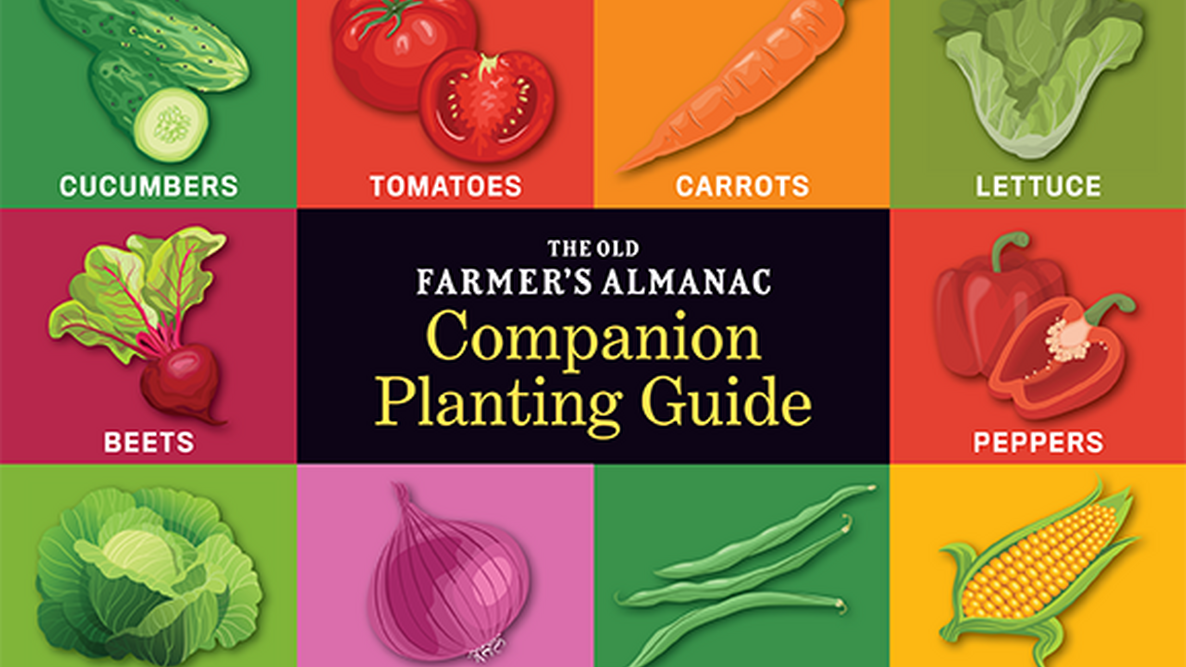
- Beans, peas, and tomatoes: These vegetables are all nitrogen-fixing, which means they can help to improve the soil quality in your garden. They also have different heights, so they won't shade each other out.

- Cucumbers, melons, and squash: These vegetables all need full sun and well-drained soil. They also have similar water requirements, so they're a good choice for a container garden.
- Potatoes, beans, and corn: These vegetables are all tall, so they can help to support each other. They also have different harvest times, so you'll have a continuous supply of fresh produce.
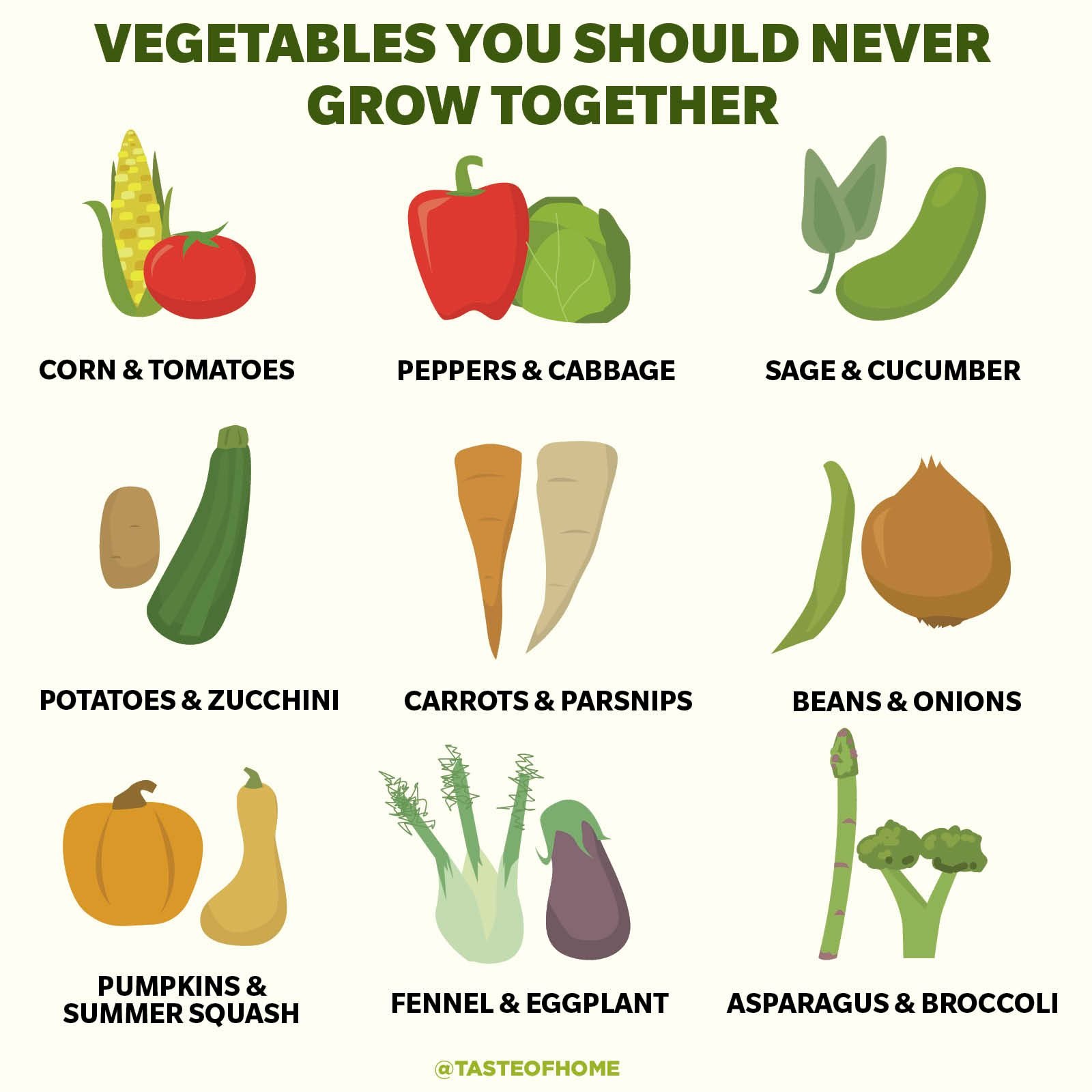
- Herbs, tomatoes, and peppers: These vegetables all attract beneficial insects, which can help to control pests in your garden. They also have different flavors, so you can use them to create a variety of dishes.

Post a Comment for " Vegetables That Grow Together Like A Dream"